
José Martí International Airport, sometimes known by its former name Rancho Boyeros Airport, is an international airport located 20 km (12 mi) southwest of the centre of Havana, Cuba, and is a hub for Cubana de Aviación and Aerogaviota, and former Latin American hub for the Soviet airline Aeroflot. It is Cuba's main international and domestic gateway, and serves several million passengers each year. The airport is operated by Empresa Cubana de Aeropuertos y Servicios Aeronáuticos (ECASA).
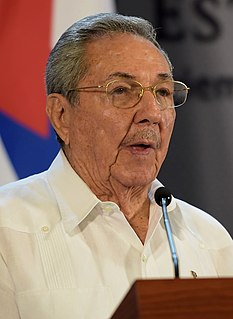
Raúl Modesto Castro Ruz is a Cuban retired politician and general who served as the first secretary of the Communist Party of Cuba, the most senior position in the one-party communist state, from 2011 to 2021, succeeding his brother Fidel Castro.
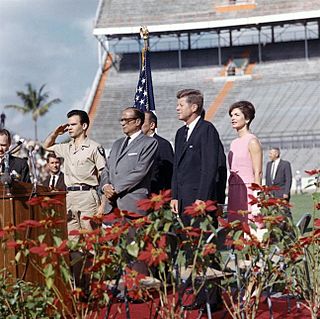
Manuel Francisco Artime Buesa, M.D. was a Cuban-American who at one time was a member of the rebel army of Fidel Castro but later was the political leader of Brigade 2506 land forces in the abortive Bay of Pigs invasion of Cuba in April 1961.
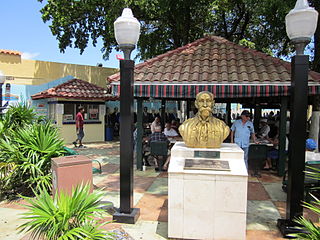
Little Havana is a neighborhood of Miami, Florida, United States. Home to many Cuban exiles, as well as many immigrants from Central and South America, Little Havana is named after Havana, the capital and largest city in Cuba.
Guillermo Álvarez Guedes was a Cuban comedian, actor, writer & businessman. He was better known across Latin America as Álvarez Guedes.
Manuel Piñeiro Losada, known as Barba Roja, was a Cuban political and military figure, a leading character of the Cuban Revolution, as the first head of Fidel Castro's security apparatus. By supporting armed struggle in Latin America, the DGI would try to help the expansion of radical leftist guerrilla groups in the subcontinent.

Alina Fernández Revuelta is a Cuban anti-communist activist. She is the daughter of Fidel Castro and Natalia Revuelta Clews. She is one of the best known Cuban critics of the government of Cuba and her father's and uncle's rule, where she lived until 1993.
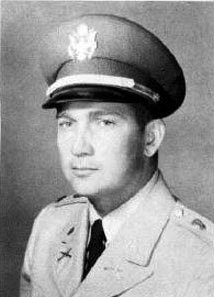
Luis Clemente Posada Carriles was a Cuban exile militant and Central Intelligence Agency (CIA) agent. He was considered a terrorist by the United States' Federal Bureau of Investigation (FBI) and the Government of Cuba, among others.
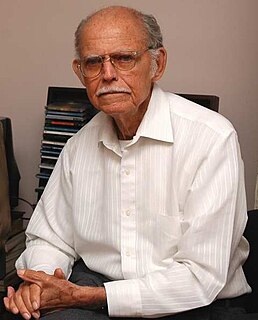
Huber Matos Benítez was a Cuban military leader, political dissident, activist and writer. He opposed the dictatorship of Fulgencio Batista from its inception in 1952 and fought alongside Fidel Castro, Raul Castro, Che Guevara, Camilo Cienfuegos and other members of the 26th of July Movement to overthrow it. Following the success of the Cuban Revolution that brought Fidel Castro to power, he criticized the regime's shift in favor of Marxist principles and ties to the Popular Socialist Party (PSP). Convicted of treason and sedition by the revolutionary government, he spent 20 years in prison (1959–1979) before being released in 1979. He then divided his time between Miami, Florida, and Costa Rica while continuing to protest the policies of the Cuban government.
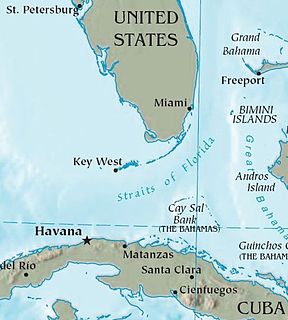
The Cuban exodus is the mass emigration of Cubans from the island of Cuba after the Cuban Revolution of 1959. Throughout the exodus millions of Cubans from diverse social positions within Cuban society became disillusioned with life in Cuba and decided to emigrate in various emigration waves.
The Escambray rebellion was an armed conflict from 1959 to 1965 in the Escambray Mountains during which several insurgent groups fought against the Cuban government led by Fidel Castro. The military operation against the rebellion was called the Struggle Against Bandits by the Cuban government.
Delfín Fernández is a former Cuban spy who spent 15 years working for the Cuban counterintelligence Department 11 with the codename Agent Otto. He defected from Cuba and moved to Spain in 1999. He settled in Spain for five years, becoming one of Europe's most successful bodyguards. In 2005 Fernández moved to Miami, Florida and as of 2006 he was waiting to get U.S. residency under the Cuban Adjustment Act.

William Alexander Morgan was a United States citizen who fought in the Cuban Revolution, leading a band of rebels that drove the Cuban army from key positions in the central mountains as part of Second National Front of Escambray, thereby helping to pave the way for Fidel Castro's forces to secure victory. Morgan was one of about two dozen U.S. citizens to fight in the revolution and one of only three foreign nationals to hold the rank of comandante in the rebel forces. In the years after the revolution, Morgan became disenchanted with Castro's turn to communism and he became one of the leaders of the CIA-supplied Escambray rebellion. In 1961, he was arrested by the Cuban government and, after a military trial, executed by firing squad in the presence of Fidel and Raul Castro.

The French freighter La Coubre exploded in the harbour of Havana, Cuba, on 4 March 1960 while it was unloading 76 tons of grenades and munitions. Casualties may have been as high as 100, and many more were injured. Fidel Castro charged it was an act of sabotage on the part of the United States, which denied any involvement.
Mario Chanes de Armas was a former Cuban revolutionary and ally of Fidel Castro. He was a veteran of the attack on the Moncada barracks in July 1953 and served time in Batista's New Model Prison on the Isle of Pines with fellow revolutionary Fidel Castro. After Castro's rise to power, he was labeled an enemy of the regime and imprisoned for almost 30 years.
Ninoska Pérez Castellón is a prominent member of the Cuban exile community in Miami, and outspoken opponent of Fidel and Raul Castro. In relation to this mission of hers, she was one of the founding members of the Cuban Liberty Council with her husband Roberto Martin Perez.
Luis Enrique Aguilar Leon, J.D., Ph.D. was a Cuban journalist, professor and historian. He was a professor to Bill Clinton and a classmate of Fidel Castro.

Ann Louise Bardach [A.L. Bardach] is an American journalist and non-fiction author. Bardach is best known for her work on Cuba and Miami and was called "the go-to journalist on all things Cuban and Miami," by the Columbia Journalism Review, having interviewed dozens of key players including Fidel Castro, sister Juanita Castro, anti-Castro militant legend Luis Posada Carriles, CIA and Watergate plumber E. Howard Hunt, anti-Castro militant Orlando Bosch and CIA operative Felix Rodriguez, who was present for the assassination of Che Guevara.
Rafael José Díaz-Balart, was a Cuban politician and mayor of the town of Banes. With his wife América Gutiérrez, he was the father of Rafael Díaz-Balart and progenitor of the Díaz-Balart family, an American political family. He was briefly the father-in-law of Fidel Castro through Castro's marriage to Díaz-Balart's daughter, Mirta Diaz-Balart, but after the Cuban Revolution, he became a major anti-Castro figure living in exile in Miami, Florida.
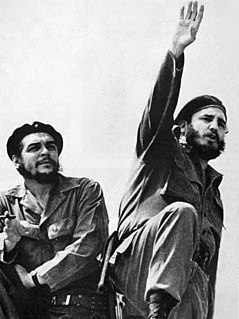
The aftermath of the Cuban Revolution is a period in Cuban history typically defined as starting in 1959 and ending in 1970. The period encompasses early domestic reforms, growing international tensions, and ending with the failure of the 1970 sugar harvest.













